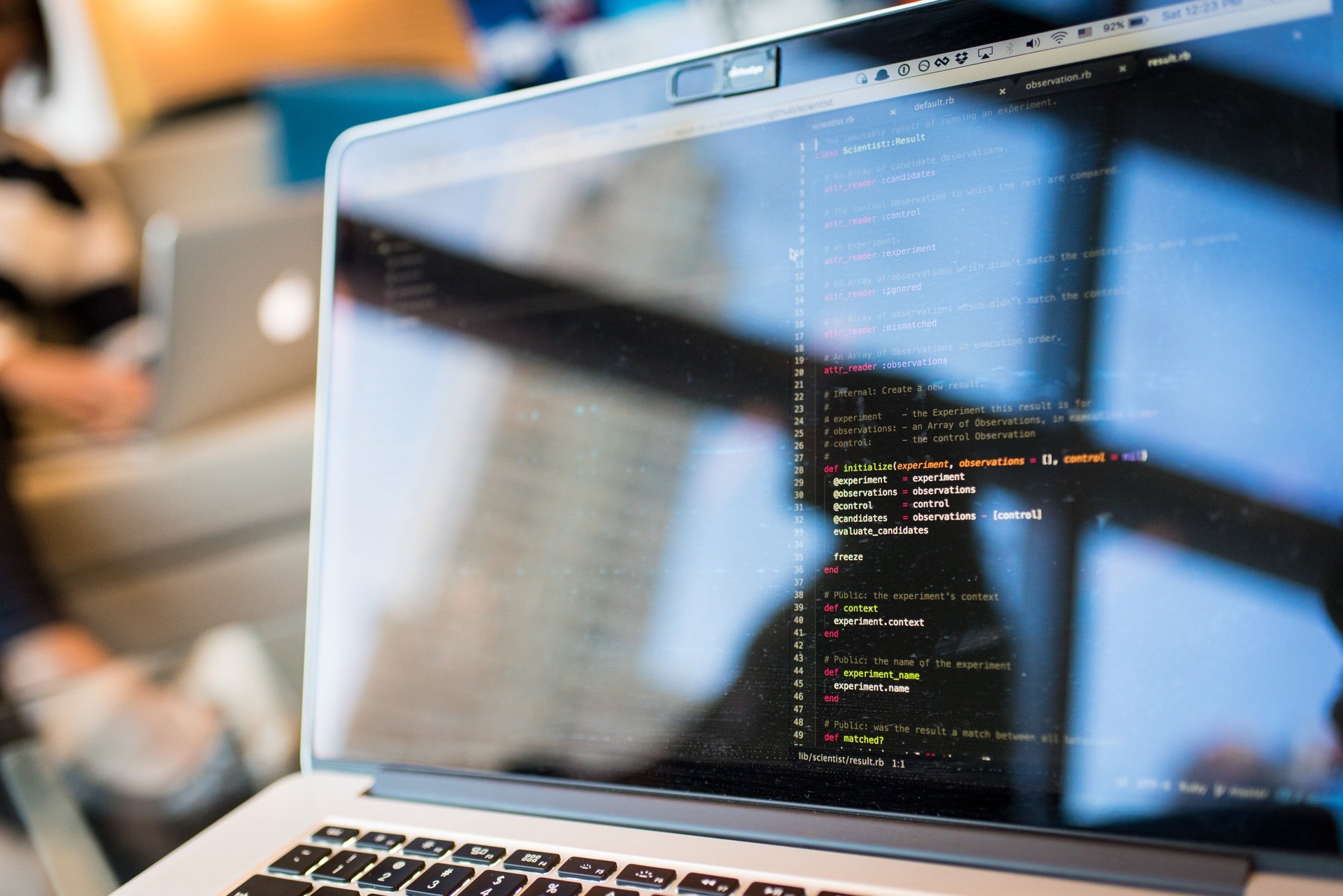Over winter break, I sat down to watch the news with my family when a debate for the Democratic presidential nomination came on. For the first time in recent history, there was a question about disability inclusion posed to the candidates. On the surface, it was exciting to hear this underrepresented topic be part of the discussion.
As I saw many posts on social media flood my feed over the coming days about the novelty of this instance, however, it struck me that it should not have been breaking news that people with disabilities are being considered in policies that we create.
Luckily, there is important work that is being done right now to bridge the gaps of opportunity that we currently have in the United States, and each and every one of us has the power to get involved!
In December, the Accessible Instructional Materials in Higher Education Act (AIM High) was introduced in both the House of Representatives and the Senate. This bill seeks to create voluntary accessibility guidelines for stakeholders in higher education such as software developers, colleges, universities and students with disabilities. Hundreds of thousands of print-disabled students face artificial barriers to success in the classroom because of exclusive design, and educators are often at a loss for how best to help. I have personally faced the brunt of these consequences, and I am sharing my story to ask for your support in passing this bipartisan bill so that all students can enjoy equal opportunity in the classroom and beyond.
My 17-year-old self conducted exhaustive research before her senior year of high school to find the perfect college fit. Of course, I wanted the typical information of what schools offered for financial aid and majors, and I obviously wanted the scoop on which school had the cutest sweatshirts in the bookstore. However, there was one question that dominated my evaluations: accessibility. More than anything, as a blind student, I was concerned with what school could best support my academic endeavors.
I talked to university disability offices to see if they had worked with blind students in the past and to ask about what online learning systems they utilized in classes. I spoke with previous students who had repeatedly had unsatisfactory experiences with a particular office or tool to avoid known barriers.
After much contemplation, I applied to Stanford as my top choice for its diverse student body, rich history and most importantly, its commitment to accessibility and inclusion. In the months leading up to my first quarter, I felt relieved that I had found a university that fit my criteria, and I was excited that I would not have to fight for accessibility in my classes. I was ready to jump into the college experience on equal ground with my classmates.
When I walked into the lecture hall of my computer science class on the first day, I was ready to dive into the subject and into my undergraduate career. But as I sat there, my enthusiasm was tinged with concern, as I quickly got lost among the many visuals associated with Karel the Robot, a graphical user interface (GUI) used to introduce students to writing code instructions.
For our first assignment, we had to write programs that would move Karel around the screen to accomplish different tasks, and the way that we confirmed our code worked was by observing Karel’s movement on the visual display. I figured this assignment, although not ideal, would be manageable since the instructions would be text based. However, as I started working on the problems, I discovered that my compiler did not notify me of syntax errors, nor could I auditorily check if my solution performed satisfactorily on the various test worlds. I could spend hours writing the code, but I was still reliant on others to tell me if I succeeded. It was clear to me that this course was not designed with students with disabilities in mind, and as I went to my other classes in the coming weeks, I realized the problem spanned beyond any individual course.
The reality is that the majority of tools in higher education are not inclusive to people with print-disabilities, and the fight for accessibility is a constant battle, often despite the best intentions of developers and educators. As materials are increasingly digitized, it is more important than ever that we make a conscious effort to change this norm and push accessibility forward rather than leaving students behind.
That being said, there is a severe lack of standardized information for how best to act. What hurts me most is seeing companies express that their platforms are accessible and to see them truly believing that to be the case, when in practice, their products are not usable. The passage of AIM High would be a significant step in providing all stakeholders with best practices for accessibility.
If you are a constituent, spread the word about AIM High and contact your representatives and senators to co-sponsor the bill. Congresspeople, pass AIM High, H.R. 5312 and S. 3095, so that disabled students can be appreciated for the contributions we put forward — not the limitations holding us back.
Contact Trisha Kulkarni at trishak8 ‘at’ stanford.edu.
